Stronger than a Hurricane: George Cannette, Cancer Survivor (Part 3 in the #WeCanICan Series)8/6/2016
Stronger than a Hurricane: George Cannette, Cancer Survivor (Part 3 in the #WeCanICan Series)
Suddenly struck with Acute Myelogenous Leukemia (AML) as an adult, George Cannette and his doctors could not find a bone marrow match for him. Doctors decided cord blood would be the best option. Welcome to Biloxi, Mississippi. The year is 2005 and the area has just been hit by a natural disaster that would make the history books in many ways. It’s late August and Hurricane Katrina just destroyed the lives of thousands. Over 1400 were killed in the flooding. Later, the death toll rose even higher as communities began to make sense of the chaos and struggled to put life back together. It was during this time that George Cannette started having symptoms. 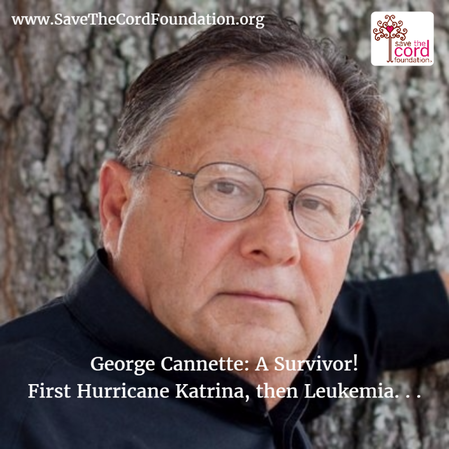 George felt bad, really bad. He thought at first it was the flu or something minor. Then, the symptoms got a bit worse and pretty soon George realized that he needed to see a doctor. But, that was easier said than done in the days and weeks following Hurricane Katrina. George downplayed things in his mind and waited for his local doctor’s office to open again (closed for weeks due to the storm). On September 19th, 2005, George finally got to see the doctor. By this point, he was at an all-time low and his doctor immediately sent him to the hospital for tests. On September 20th, George got the news. He was diagnosed with Acute Myelogenous Leukemia (AML). Quickly George’s doctors reacted. He was immediately put on chemotherapy as the chaos of Hurricane Katrina continued around him.But, George was hopeful and ultimately it seemed that the cancer went into remission for several months. This was false hope as the new year would bring a new round of the disease and other complications. In early 2006, doctors concluded that the chemotherapy was not working as they had hoped for George. Indeed, the cancer was still there. Doctors told George he would need a bone marrow transplant. The search began. After several months and no donor match, he was referred to the MD Anderson Cancer Center at the University of Texas where he met with Dr. Partow Kebriaei. Dr. Kebriaei and her team initially tried to find a bone marrow transplant for George but time was running out. No matches could be found. What is Acute Myelogenous Leukemia (AML)? •Adult acute myeloid leukemia (AML) is a type of cancer in which the bone marrow makes abnormal myeloblasts (a type of white blood cell), red blood cells, or platelets. • Leukemia may affect red blood cells, white blood cells, and platelets. • There are different subtypes of AML. • Smoking, previous chemotherapy treatment, and exposure to radiation may affect the risk of adult AML. • Signs and symptoms of adult AML include fever, feeling tired, and easy bruising or bleeding. • Tests that examine the blood and bone marrow are used to detect (find) and diagnose adult AML. • Certain factors affect prognosis (chance of recovery) and treatment options. (Source: National Cancer Institute at Cancer.gov, accessed 31 March 2016.) George remembers the day that he was told there was no match for him. He found out by accident from one of the nurses while he was waiting for the doctor. His mind immediately started to spin as started to pick up his cell phone to call his family. That was it, he thought. No other options. Just then, Dr. Kebriaei came in. She reviewed the details of George’s situation. George listened and preparing to mentally for the worse. He started to thank her for her time. . .thinking there was nothing more she could do. Quickly, Dr. Kebriaei interjected with words that George will never forget, “George, that’s not how we do things here.” George listened. 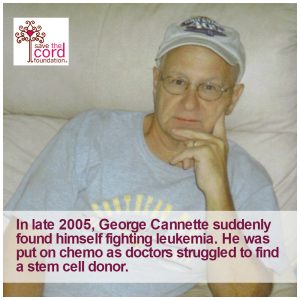 Hope. Hope was what Dr. Kebriaei offered. She began to explain in great detail that she would like to recommend George for a clinical trial at MD Anderson using cord blood to treat leukemia. A baby’s cord blood? George had never heard of this type of treatment but he was willing to trust her advice. Dr. Kebriaei gave George as much detail as she could but also explained that in George’s case the procedure carried a very high risk. Because George had gone through so much chemotherapy, his body was weak and his immune system was in terrible shape. She estimated that George had a 40% chance of surviving the cord blood transplant. In his case, a double cord blood transplant would be necessary and he would need to stay in isolation for 30 days after the transplant procedure. Ultimately, she predicted, in his case, that the long term survival rate would be 2 years. George did not hesitate. He said yes. Instead of picking up the phone to call his family with tragic news, he now picked up the phone to explain that he wanted to take a risk on this new procedure. With his family’s full support, he was putting his faith in new medicine (at the time) But . . what about insurance for a cord blood transplant? Once agreed, George and his doctors were anxious to move forward with the cord blood transplant. But, remember this was 2006 and this was a clinical trial in which George was participating. He now had to get the insurance company to support this decision. It was not easy. Initially, he was told no. IMPORTANT: Luckily today, many insurance policies do cover cord blood transplants just as they would for a bone marrow transplant. The FDA has approved the use of cord blood stem cells for over 80 different diseases including many blood cancers. If you are being advised by your doctors that a cord blood transplant could be a possible form of treatment for you or a member of your family, please speak with your insurance provider before proceeding. George would not accept no. He pushed forward with the bureaucracy of getting proper insurance coverage for the procedure. Finally, just before Christmas in 2006, he got a call from his contact at the insurance company. Success! He could schedule the transplant. George immediately made arrangements with Dr. Kebriaei. The New Year would be the start of a new life! His double cord blood transplant was scheduled for March 14th, 2007. “The cord blood transplant was issued to me just like a blood transfusion. . . with no real side effects. . . Some patients did indeed suffer from graft versus host disease which can be extremely painful and stressful. I was blessed beyond belief in my whole situation,” recalls George. Patients who receive a cord blood transplant do not experience Graft versus Host Disease (GvHD). True or False? Definition of Graft versus Host Disease (GvHD): A disease caused when cells from a donated stem cell graft attack the normal tissue of the transplant patient. Symptoms include jaundice, skin rash or blisters, a dry mouth, or dry eyes. Also called graft-versus-host disease. (Source: National Cancer Institute, Cancer.gov ) False, but cases of GvHD after a cord blood transplant are much less frequent and usually easier to treat than after a bone marrow transplant. In George’s case, he did not experience any GvHD. Thirty days of isolation post-transplant went by and George’s immune system began to rebuild itself. Everyone, including George, was amazed by his recovery. He left the hospital with a strict list of instructions to follow post-transplant. George emphasizes that patients “need to follow this last advice from their doctors to the letter. I believe in it. . . just too important not to do it.” For the next 6-months, the team at MD Anderson asked that George remain nearby so that they could follow his progress post-transplant. This is sometimes the case with clinical trials. George was lucky. His father-in-law was able to stay with him in Texas for the duration of this process. His wife and kids came to visit as often as they could. But, it goes without saying, George has been eternally grateful to his family for their support and considers himself to be exceptionally fortunate to have such a loving family Finally, George returned home. Post-transplant, post-hurricane . . . he started to put his life together again and pretty soon his battle with leukemia became a thing of the past. He began working again. A die-hard sports fan, he currently works for the Biloxi Shuckers, a Double-A Minor League affiliate of the Milwaukee Brewers, where he handles the instant replays of the games for the video production team. In 2012, five years following his cord blood transplant, George was finally declared “cancer free.” His advice to doctors and expectant parents regarding cord blood preservation comes as no surprise, “It is hard for me to believe some doctors are skeptical about cord blood. I understand with parents because not many people follow research and advances in these medical fields. I know I didn’t. But, you cannot be afraid of new technologies in medicine today. If the doctor believes this type of treatment is what they need then they should believe in that doctor and have a very open mind about it.” His advice to those suffering from cancer is equally sincere, “My advice for someone currently diagnosed is to seek out the most experienced cancer doctor that specializes in the field of the exact cancer they are diagnosed with. Do not be afraid to ask questions no matter what the answer might be. By all means, do exactly what your doctor tells you to do.” We could not agree more, George. We must be willing to ask questions and we must be willing to listen. Both patients and doctors must be willing to take calculated risks when necessary. But, most importantly, parents must be willing to save their child’s cord blood at birth. If not, the opportunity is lost! Literally, a life-saving medical resource is thrown in the trash. Just imagine if the families who donated the cords of their babies in George’s case had not done so. His story would have ended years ago. George’s story is remarkable. He was given a rare opportunity to participate in clinical trial using cord blood. His participation in this trial not only helped himself but provided hope for countless others. Today, a cord blood transplant for leukemia is no longer considered experimental and, in fact, recent studies show it is more effective than bone marrow in treating leukemia. Approved by the FDA, cord blood is being used to treat over 80 different diseases including leukemia, sickle cell anemia and lymphoma. Likewise, today, the current procedure does not require 30 days of isolation as it did years ago in George’s case. Doctors know more now and understand more about the body is going to react. Patients are often released within 2-3 days. For some, it can be less. For some, it may be more. Each case is different but amazing progress has been made in a relatively short time. Now, that we know the value of cord blood stem cells and recognize it as a true medical resource, we must go the next step . . . to SAVE it! Currently, well over 90% of cord blood is thrown away in hospitals around the world, every day. Meanwhile, people are waiting for donors. Children are being diagnosed with illnesses or are suffering from injuries where their own cord blood could be used to help them (example: Duke is running clinical trials using a child’s own cord blood to treat cerebral palsy; Sutter in California is exploring the use of a child’s own cord blood to treat autism. . . the list goes on.) Isn’t it sad that so few people are stop to think about cord blood when pregnant? We prefer to dream about strollers and cribs. Important, yes. But, perhaps not as life-changing as preserving cord blood. If you are pregnant, stop. Think. Find a way to either donate or privately store your baby’s cord blood. Use the resources on our website to help you in your search. Be empowered. Work with a doctor and a hospital that supports your choice. Give life twice. #SAVETHECORD. 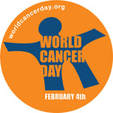 We are so grateful to George Cannette for sharing his amazing story with us as part of our on-going #WeCanICan: Beat Cancer with Cord Blood series in association with World Cancer Day. George is truly an inspiration to us at Save the Cord Foundation. We think about him and people like him with every outreach effort we make. Thank you, George! Learn more about how cord blood is being used to fight cancer! Read more from #WeCanICan: Beat Cancer with Cord Blood:
Did you know? A recent study by the University of Colorado showed that cord blood transplants easily outperform bone marrow transplants in patients with regards to Graft vs. Host Disease (GvHD). The study compared leukemia patients from 2009-2014, three years post-transplant. They observed that. . . “. . . the incidence of severe chronic graft-versus-host disease was 44 percent in patients who had received transplants from matched, unrelated donors (MUD) and 8 percent in patients who had received umbilical cord blood transplants (CBT). Patients who received CBT were also more likely to no longer need immunosuppression and less likely to experience late infections and hospitalizations. There was no difference in overall survival between these two techniques.” http://www.coloradocancerblogs.org/cord-blood-matched-unrelated-donor-bone-marrow-transplant/#comment-13235
|
AuthorWrite something about yourself. No need to be fancy, just an overview. Archives
January 2024
Categories |

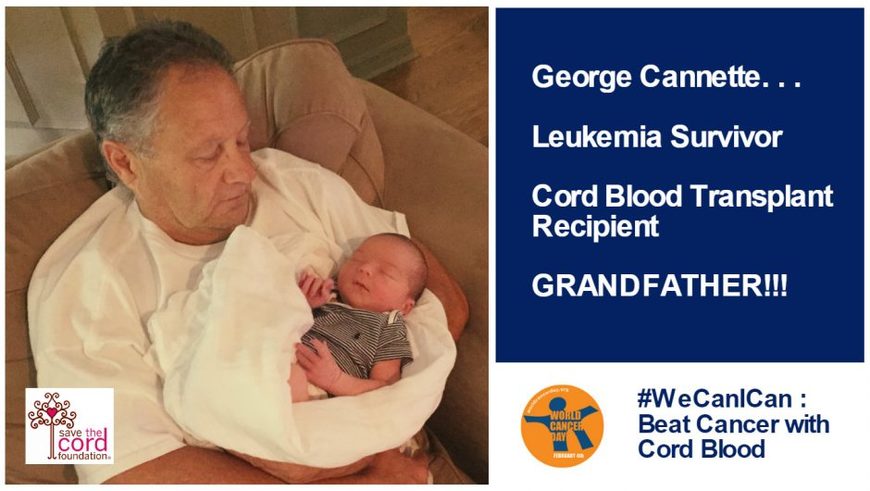

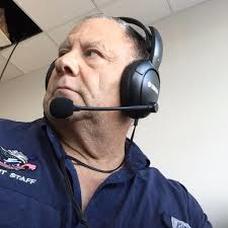
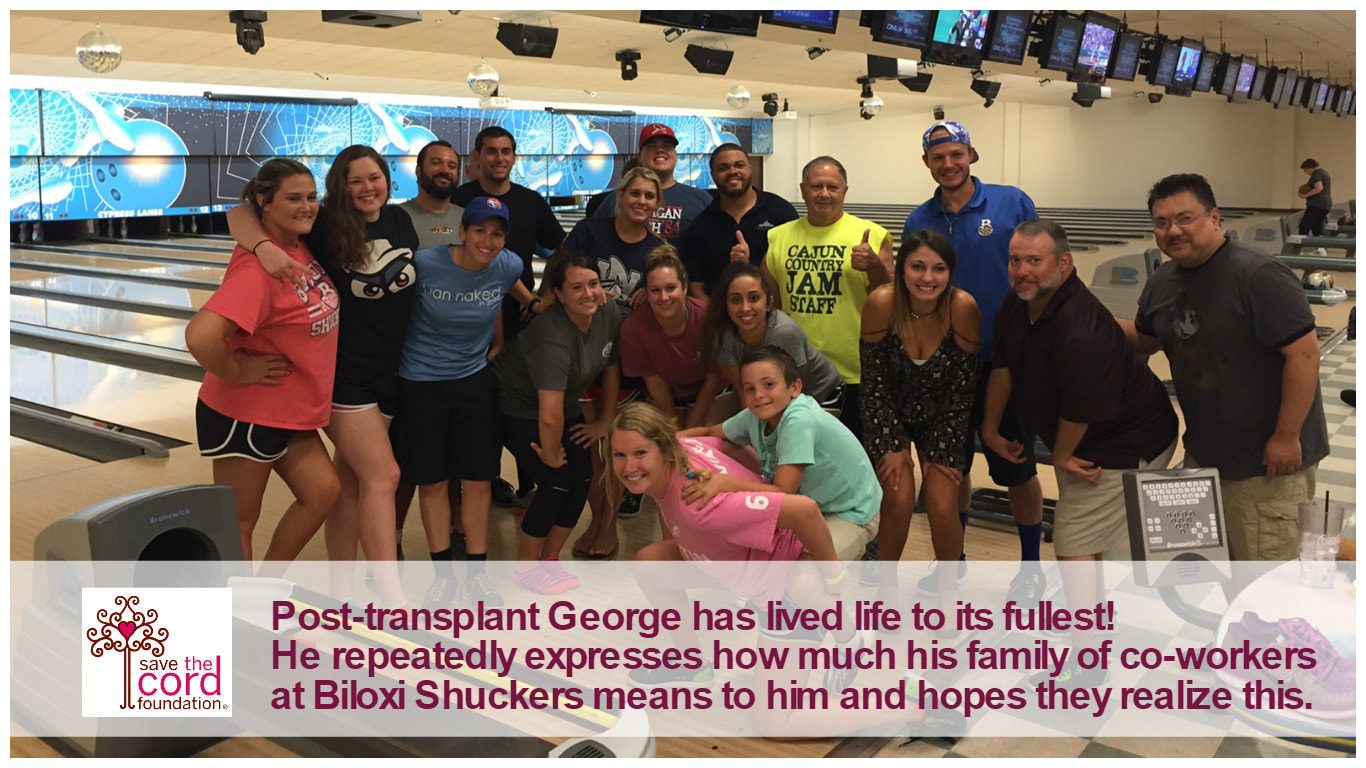
 RSS Feed
RSS Feed


